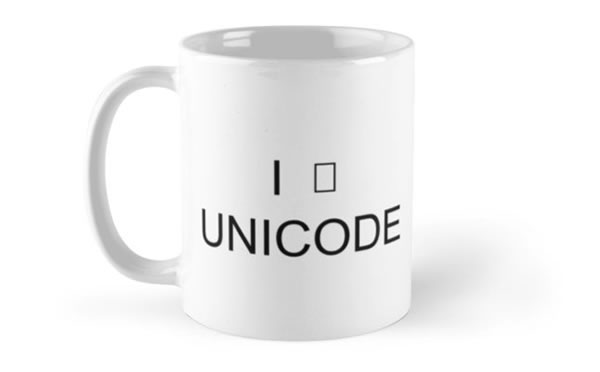Asyncio: Proactor Cancellation From Hell
— Victor Stinner
Between 2014 and 2015, I was working on the new shiny asyncio module (module added to Python 3.4 released in March 2014). I helped to stabilize the Windows implementation because... well, nobody else was paying attention to it, and I was worried that test_asyncio randomly crashed on Windows.
One …
Locale Bugfixes in Python 3
— Victor Stinner
This article describes a few locales bugs that I fixed in Python 3 between 2012 (Python 3.3) and 2018 (Python 3.7):
- Support non-ASCII decimal point and thousands separator
- Crash with non-ASCII decimal point
- LC_NUMERIC encoding different than LC_CTYPE encoding
- LC_MONETARY encoding different than LC_CTYPE encoding
- Tests non-ASCII locales …
Python 3, locales and encodings
— Victor Stinner
Recently, I worked on a change which looked simple: move the code to initialize the sys.stdout encoding before Py_Initialize(). While I was on it, I also decided to move the code which selects the Python "filesystem encoding". I didn't expect that I would spend 2 weeks on these issues …
Python 3.7 UTF-8 Mode
— Victor Stinner
Since Python 3.0 was released in 2008, each time an user reported an encoding issue, someone showed up and asked why Python does not "simply" always use UTF-8. Well, it's not that easy. UTF-8 is the best encoding in most cases, but it is still not the best encoding …
Python 3.7 and the POSIX locale
— Victor Stinner
During the childhood of Python 3, encodings issues were common, even on well configured systems. Python used UTF-8 rather than the locale encoding, and so commonly produced mojibake. For these reasons, when users complained about the Python behaviour with the POSIX locale, bug reports were closed with a message like …
Python 3.6 now uses UTF-8 on Windows
— Victor StinnerSeptember 2016, a few days before the CPython core dev sprint, Steve Dower proposed two major backward incompatible changes for Python 3.6 on Windows: PEP 528: Change Windows console encoding to UTF-8 and PEP 529: Change Windows filesystem encoding to UTF-8. At the first read, I was sure that …
Python 3.2 Painful History of the Filesystem Encoding
— Victor StinnerBetween Python 3.0 released in 2008 and Python 3.4 released in 2014, the Python filesystem encoding changed multiple times. It took 6 years to choose the best Python filesystem encoding on each platform.
I have been officially promoted as a core developer in January 2010 by Martin von …
Python 3.1 surrogateescape error handler (PEP 383)
— Victor StinnerIn my previous article, I wrote that os.listdir(str) ignored silently undecodable filenames in Python 3.0 and that lying on the real content of a directory looks like a very bad idea.
Martin v. Löwis found a very smart solution to this problem: the surrogateescape error handler.
This …
Python 3.0 listdir() Bug on Undecodable Filenames
— Victor StinnerTen years ago, when Python 3.0 final was released, os.listdir(str) ignored silently undecodable filenames:
$ python3.0
>>> os.mkdir(b'x')
>>> open(b'x/nonascii\xff', 'w').close()
>>> os.listdir('x')
[]
You had to use bytes to see all filenames:
>>> os.listdir(b'x') [b'nonascii\xff']
If the locale is POSIX …
How I fixed a very old GIL race condition in Python 3.7
— Victor StinnerIt took me 4 years to fix a nasty bug in the famous Python GIL (Global Interpreter Lock), one of the most critical part of Python. I had to dig the Git history to find a change made 26 years ago by Guido van Rossum: at this time, threads were …